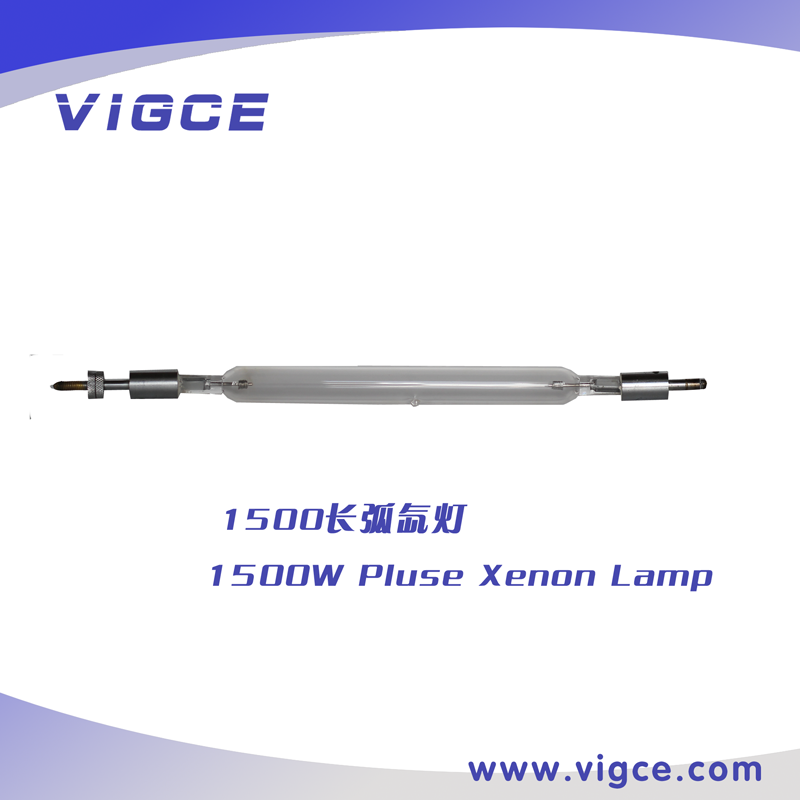Pulse lamp
Pulse lamp is different from continuous light sources such as high-pressure mercury lamp and short-arc Xenon Lamp. It is a kind of light source that emits very strong light in a very short time. Because the light emitted by pulse lamp flashes like lightning, it is often called flash lamp.
The DC power supply charges the energy storage capacitor C to voltage V through the charging resistor R. It is generally lower than the self-breakdown voltage of the lamp, but higher than its ignition voltage. - The minimum trigger breakdown voltage. A trigger wire is wound around the outside of the pulse lamp tube. When the lamp is working, a high-voltage pulse is applied to the trigger wire to generate ionized spark discharge in the lamp. The discharge greatly reduces the resistance between the electrodes of the Xenon Lamp, so that the large amount of energy stored in the capacitor C can be released through the pulse lamp in a very short time, generating extremely strong light.
As for various existing light sources, except for lasers, pulse lamps are the brightest light sources.

